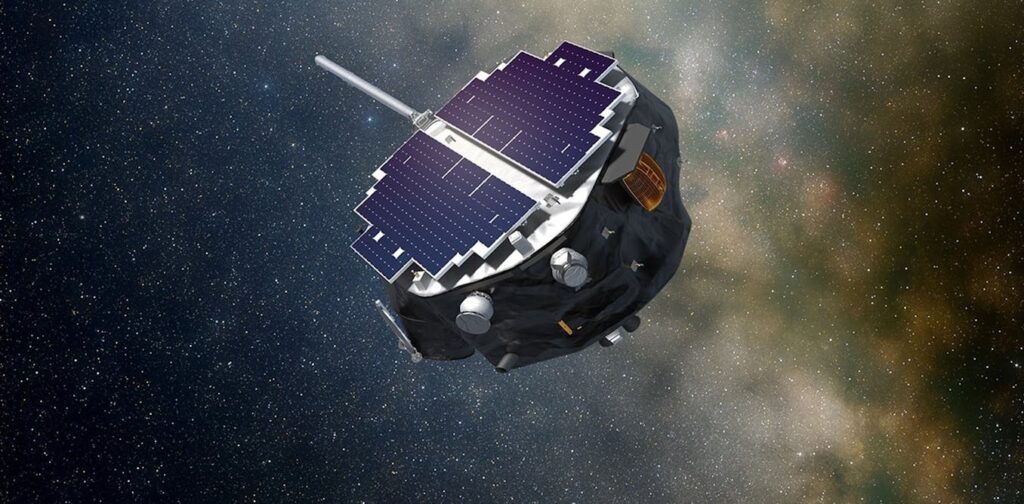
On September 24, 2025, NASA launched two groundbreaking missions aimed at unraveling the mysteries of the Sun’s influence on the solar system. These missions, the Interstellar Mapping and Acceleration Probe (IMAP) and the Carruthers Geocorona Observatory, are set to provide unprecedented insights into the Sun’s impact on both Earth and the broader cosmos. The initiative comes amid growing concerns over space weather and its potential to disrupt technological systems on Earth.
Even at a staggering distance of 93 million miles (150 million kilometers), solar activity can wreak havoc on Earth’s technological infrastructure. Events like solar flares and coronal mass ejections have been known to interfere with communications, satellite navigation, and power grids, underscoring the critical need for a deeper understanding of these phenomena.
Understanding Space Weather and Its Implications
Heliophysics, the study of the Sun and its influence throughout the solar system, plays a crucial role in understanding space weather. This field examines conditions across various regions of the Sun, from its core to its outer atmosphere, and the solar wind—a continuous stream of charged particles emanating from the Sun. The interaction between the solar wind and planetary atmospheres and magnetic fields is a key area of research.
Space weather’s significance was starkly highlighted in May 2024, when scientists recorded the most intense space weather event since 2003. A series of Earth-directed coronal mass ejections triggered a severe geomagnetic storm, illuminating the skies with auroras visible at unprecedented latitudes. However, the event also caused overheating alarms in power grids globally and disrupted satellite navigation, potentially costing the U.S. agricultural sector an estimated half a billion dollars.
“The Carrington Event of 1859 remains the largest recorded space weather event, causing widespread auroras and telegraph disruptions. A similar event today could lead to massive power outages and satellite losses.”
NASA’s Expanding Heliophysics Missions
NASA’s commitment to understanding the heliosphere—the region where the Sun’s influence is dominant—is evident in its extensive suite of space instruments. Notable missions include the Parker Solar Probe, the Solar Dynamics Observatory, and the Solar and Heliospheric Observatory. The recent additions of IMAP and the Carruthers Geocorona Observatory mark a significant expansion of this effort.
IMAP is on its way to Lagrange Point 1, a stable orbit closer to the Sun than Earth, where it will deploy ten scientific instruments. These tools aim to measure the solar wind in real-time, enhancing space weather forecasting, and map the boundary between the heliosphere and interstellar space—a feat never before attempted.
The Carruthers Geocorona Observatory, sharing the same orbit as IMAP, focuses on Earth’s exosphere, the uppermost atmospheric layer. By observing ultraviolet light emitted by hydrogen in the exosphere, the mission seeks to understand how this region responds to extreme space weather and how water vapor ascends from Earth’s surface into space.
Future Prospects and Scientific Endeavors
IMAP and the Carruthers Geocorona Observatory represent just the beginning of NASA’s ambitious heliophysics agenda. In 2026, the Sun Coronal Ejection Tracker, a CubeSat-sized satellite, is slated to launch. This mission will study the evolution of coronal mass ejections as they traverse the Sun’s atmosphere, further enriching our understanding of solar dynamics.
The implications of these missions extend beyond academic curiosity. By enhancing our ability to predict and mitigate the effects of space weather, these initiatives hold the potential to safeguard Earth’s technological infrastructure and ensure the resilience of systems critical to modern society.
As NASA continues to probe the Sun’s mysteries, the insights gained will not only deepen our understanding of our closest star but also bolster our preparedness for the challenges posed by space weather in the years to come.







